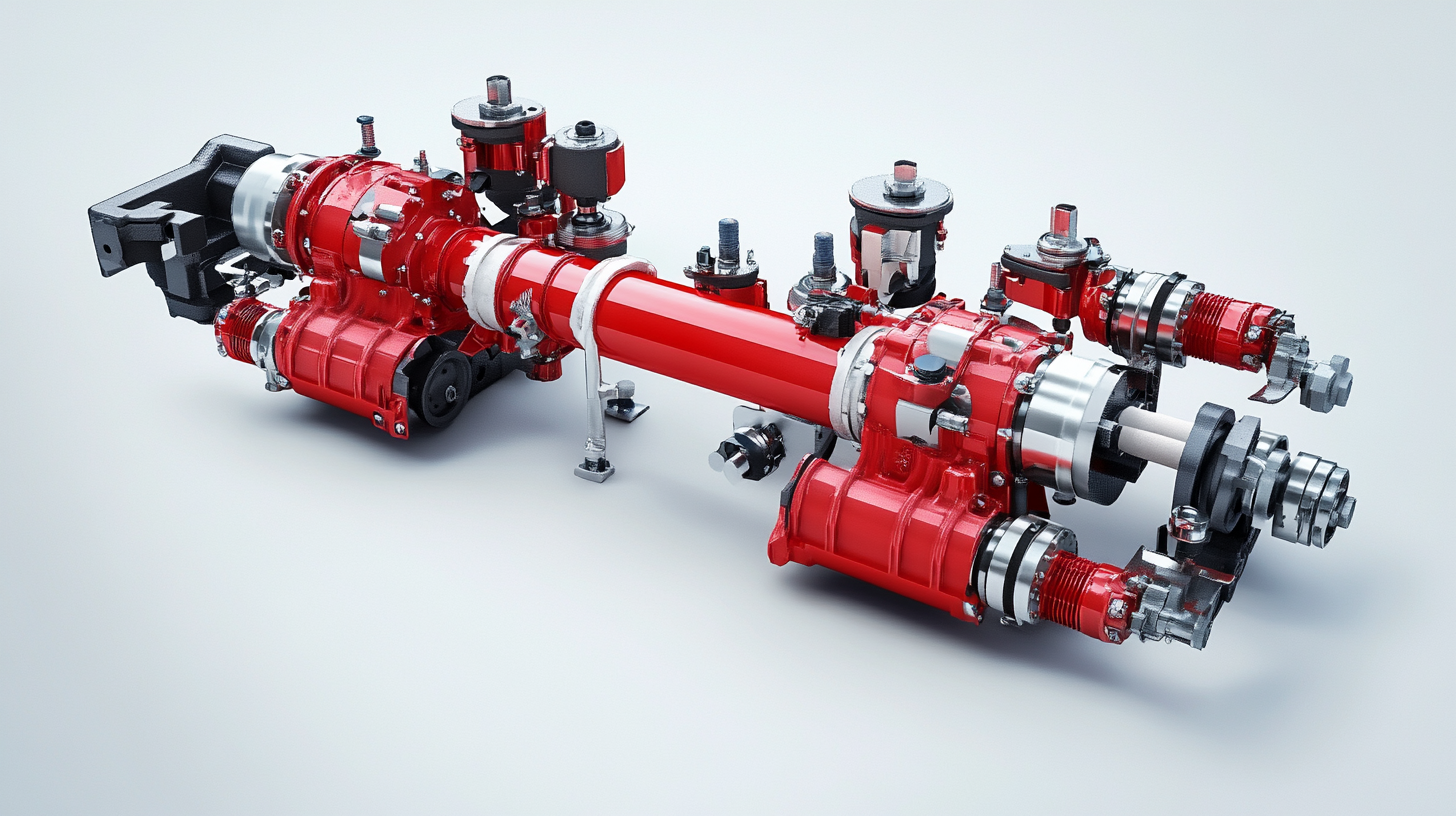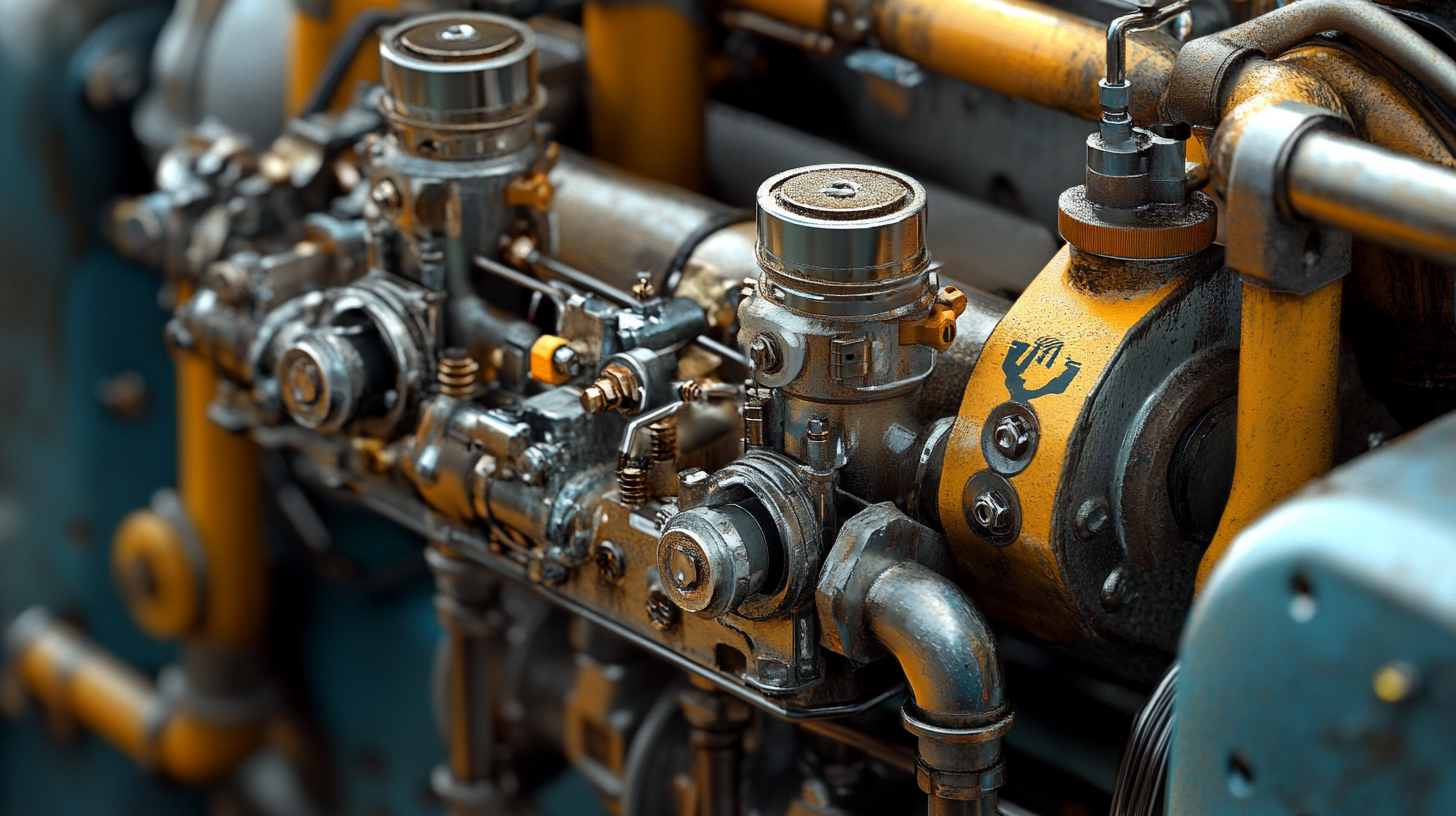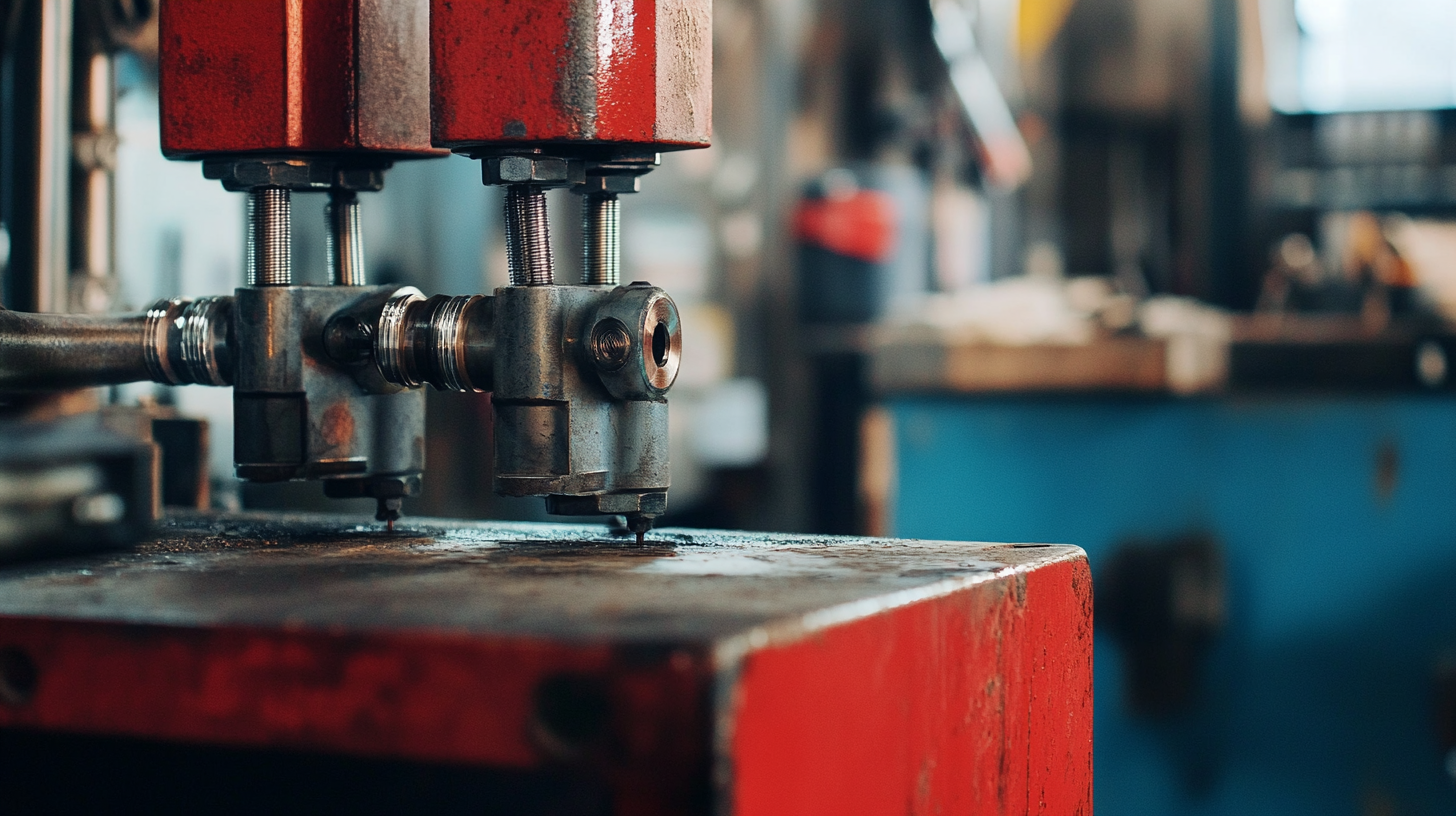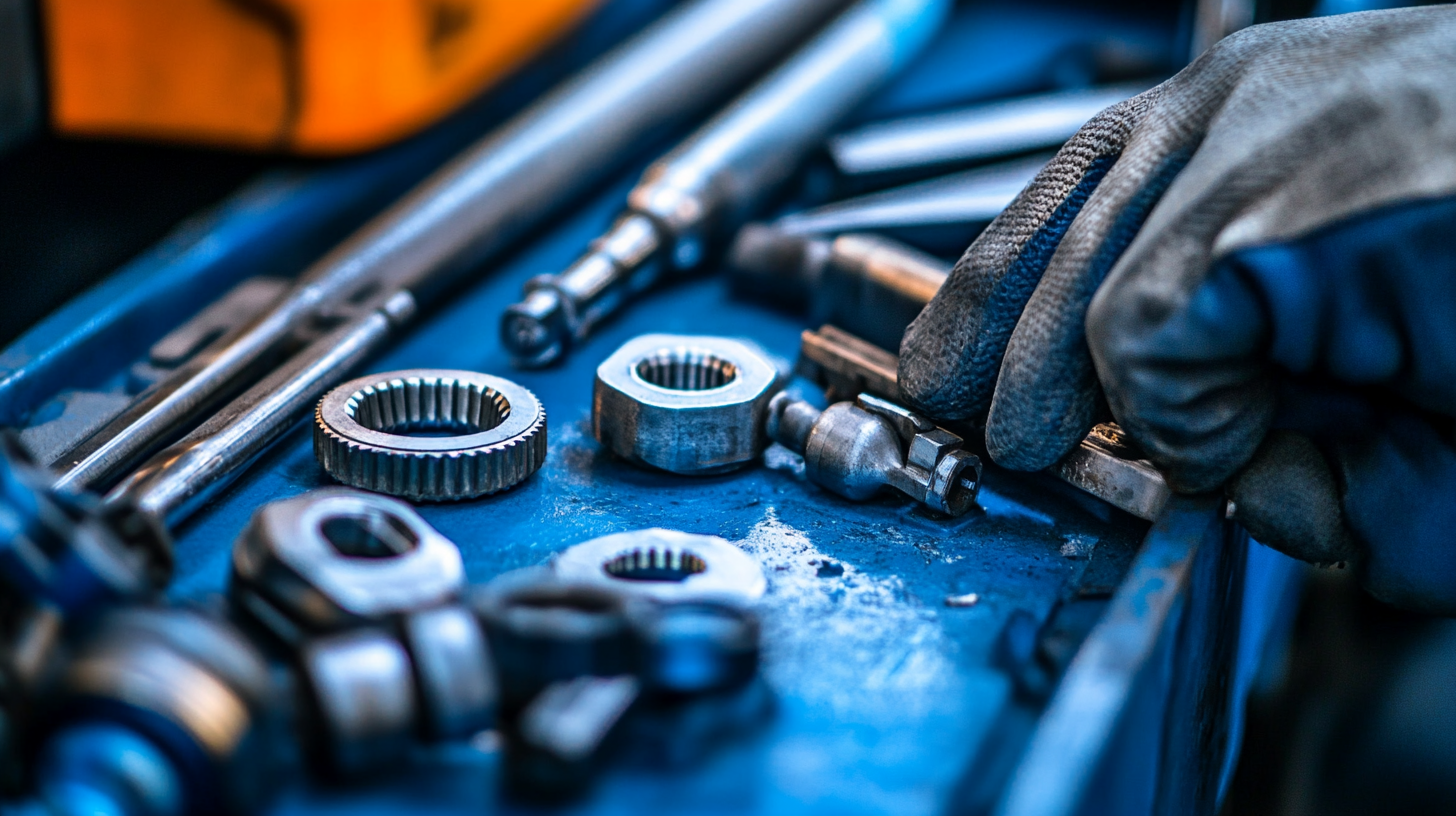Comprehensive Handbook to Mastering Hydraulic Equipment Repair for Global Buyers
In the world of heavy machinery and industrial operations, the importance of efficient and reliable hydraulic systems cannot be overstated. Hydraulic equipment repair plays a crucial role in maintaining the functionality and longevity of these systems, ensuring that operations run smoothly and effectively. Whether you are a global buyer seeking to enhance your knowledge or a technician looking to refine your skills, mastering the intricacies of hydraulic equipment repair is essential. This comprehensive handbook aims to equip you with the necessary insights and practical tips that will empower you to tackle various hydraulic repair challenges.
As we delve into the various aspects of hydraulic equipment repair, we will explore key maintenance techniques, troubleshooting procedures, and the latest advancements in repair technologies. From understanding hydraulic components to implementing effective repair strategies, this guide will serve as a valuable resource for professionals across the globe. By fostering a deeper understanding of hydraulic systems and their repair, we hope to elevate your capability in making informed decisions and achieving successful outcomes in hydraulic maintenance and repair tasks.

Understanding Hydraulic Equipment: Key Components and Their Functions
The global industrial hydraulic equipment market is experiencing significant growth, with its revenue valued at approximately USD 34.1 billion in 2023. This market is anticipated to reach USD 52.6 billion by 2033, driven by a robust compound annual growth rate (CAGR) of 5.7%. Understanding the key components of hydraulic equipment and their functions is crucial for stakeholders in this evolving landscape. Hydraulic systems primarily consist of components such as hydraulic pumps, cylinders, valves, and actuators. These components work in tandem to convert hydraulic energy into mechanical work, making them indispensable in industries like construction, manufacturing, and automotive. For instance, hydraulic pumps are responsible for generating flow and pressure, which are essential for the operation of different machinery. Valves play a critical role in controlling the direction and flow of fluid, ensuring precise movements are achieved in various applications. Moreover, the demand for hydraulic equipment is being fueled by advancements in technology and increased automation in various sectors. As industries seek to improve efficiency and reduce manual labor, the role of hydraulic systems becomes ever more pivotal. This scenario opens up new opportunities for global buyers and manufacturers alike, enhancing the market's growth potential while ensuring that core hydraulic components are well understood for effective maintenance and repair practices.

Common Hydraulic Equipment Failures and Their Causes: A Data-Driven Approach
Hydraulic equipment plays a vital role in various industries, from construction to manufacturing, making reliable performance essential. However, equipment failures can lead to significant downtime and financial loss. This blog focuses on common hydraulic equipment failures and their causes, utilizing a data-driven approach to provide insights for global buyers and maintenance professionals alike.
One of the most prevalent issues faced in hydraulic systems is fluid contamination. Contaminants such as dust, dirt, and water can enter the system through various means, leading to accelerated wear of critical components like pumps and valves. Data shows that up to 70% of hydraulic failures are linked to fluid contamination. Regular monitoring and filtration are essential to mitigate this risk and ensure the longevity of equipment.
Another common failure is hydraulic seal leakage, which can occur when seals degrade due to environmental factors or wear and tear. This issue not only leads to performance losses but can also create safety hazards. An analysis of equipment maintenance logs indicates that preventive seal replacements can reduce leakage incidents by nearly 50%. By understanding these failure modes and their root causes, businesses can take proactive steps to enhance the reliability of their hydraulic systems and minimize costly repairs.

Essential Tools and Techniques for Effective Hydraulic Equipment Repair
Hydraulic equipment is a cornerstone of numerous industries, from construction and agriculture to manufacturing. To effectively repair and maintain these complex systems, understanding the essential tools and techniques is paramount. According to the Research and Markets report, the global hydraulic equipment market is projected to reach $56 billion by 2027, underscoring the importance of proficient repair practices in sustaining operational efficiency.
One of the most critical tools in hydraulic repair is the pressure gauge. Accurate pressure readings can prevent potential failures caused by excessive pressure, which, according to the National Fluid Power Association (NFPA), is responsible for approximately 28% of hydraulic system issues. Alongside pressure gauges, other vital tools include hydraulic wrenches and seal kits, which are essential for maintaining optimal system conditions and ensuring leak-free performance.
Incorporating modern techniques such as diagnostic testing can significantly enhance repair effectiveness. Utilizing advanced technologies like ultrasonic testing and thermal imaging allows technicians to identify problems early, reducing downtime and repair costs. A study published by the International Fluid Power Society suggests that 30% of hydraulic system failures could be mitigated through timely diagnostics and preventive maintenance strategies. By equipping themselves with the right tools and employing best practices, technicians can ensure seamless hydraulic system operations and contribute to a more sustainable industrial future.

Safety Standards and Best Practices in Hydraulic Repair Work
In the realm of hydraulic equipment repair, adhering to safety standards and best practices is paramount. Recent reports highlight that accidents involving heavy machinery, such as drill rigs used in foundation construction, pose significant risks, with many incidents resulting in serious injuries or fatalities. Specifically, overturning incidents of drill rigs have underscored the need for rigorous safety protocols to protect workers from being struck or injured by equipment. The American Society of Safety Professionals (ASSP) emphasizes that updated safety training standards and hazard control measures are critical in mitigating these dangers.
Additionally, the introduction of metrics detailing struck-by injuries in construction environments serves as a reminder of the importance of maintaining safe operational zones, particularly around heavy machinery. A well-defined lift zone, where cranes operate, is essential in preventing such incidents. By implementing best practices collaboratively, employers and employees can create a safer working environment, protecting both personnel and equipment from mishaps.
Furthermore, recent revisions in safety protocols, particularly concerning welding standards and hazardous energy control, are indicative of the industry's commitment to fostering a culture of safety. These standards not only guide technicians in diagnosing and repairing issues effectively but also establish a shared language of safety across the sector. By integrating these advancements into everyday practices, the hydraulic repair industry can ensure that workers remain safe while achieving operational excellence.
Future Trends in Hydraulic Technology Repair: What Global Buyers Need to Know
The hydraulic equipment repair industry is undergoing significant transformation, influenced by emerging technologies and evolving market demands. As global buyers prepare for future advancements, it’s crucial to stay informed about the latest trends shaping hydraulic technology repair. Recent industry expos, such as the AMR China International Automotive Maintenance and Parts Exhibition, highlighted the convergence of international brands and innovations that signal a shift towards more sustainable and efficient solutions in vehicle maintenance.
According to recent reports, the global hydraulic equipment repair market is expected to grow at a CAGR of 5.2% from 2023 to 2030, driven largely by the increased use of automation and digitalization in repair processes. This evolution is not just about efficiency; it is also about enhancing the accuracy and lifespan of hydraulic systems, which are essential for various industries. The integration of IoT technologies in hydraulic equipment is facilitating predictive maintenance, allowing companies to address issues proactively rather than reactively.
Furthermore, the focus on eco-friendly practices is becoming more prominent. Reports indicate that there is a rising demand for environmentally responsible repair methods, causing suppliers to innovate in their service offerings. Global buyers must familiarize themselves with these advancements, as embracing sustainable technologies will not only enhance operational efficiency but also cater to the growing consumer preference for green alternatives. As we look ahead, understanding these trends will be essential for businesses aiming to remain competitive in the hydraulic repair market.

We have over 30 years of experience in designing complete hydraulic systems, repairs and distribution of fluid power equipment and parts.
FOLLOW US ON :
Contact Details
Address:
4020 SE 45th CT.
Ocala, FL 34480
Phone No:
Email:
sales@cunninghamfluidpower.com


